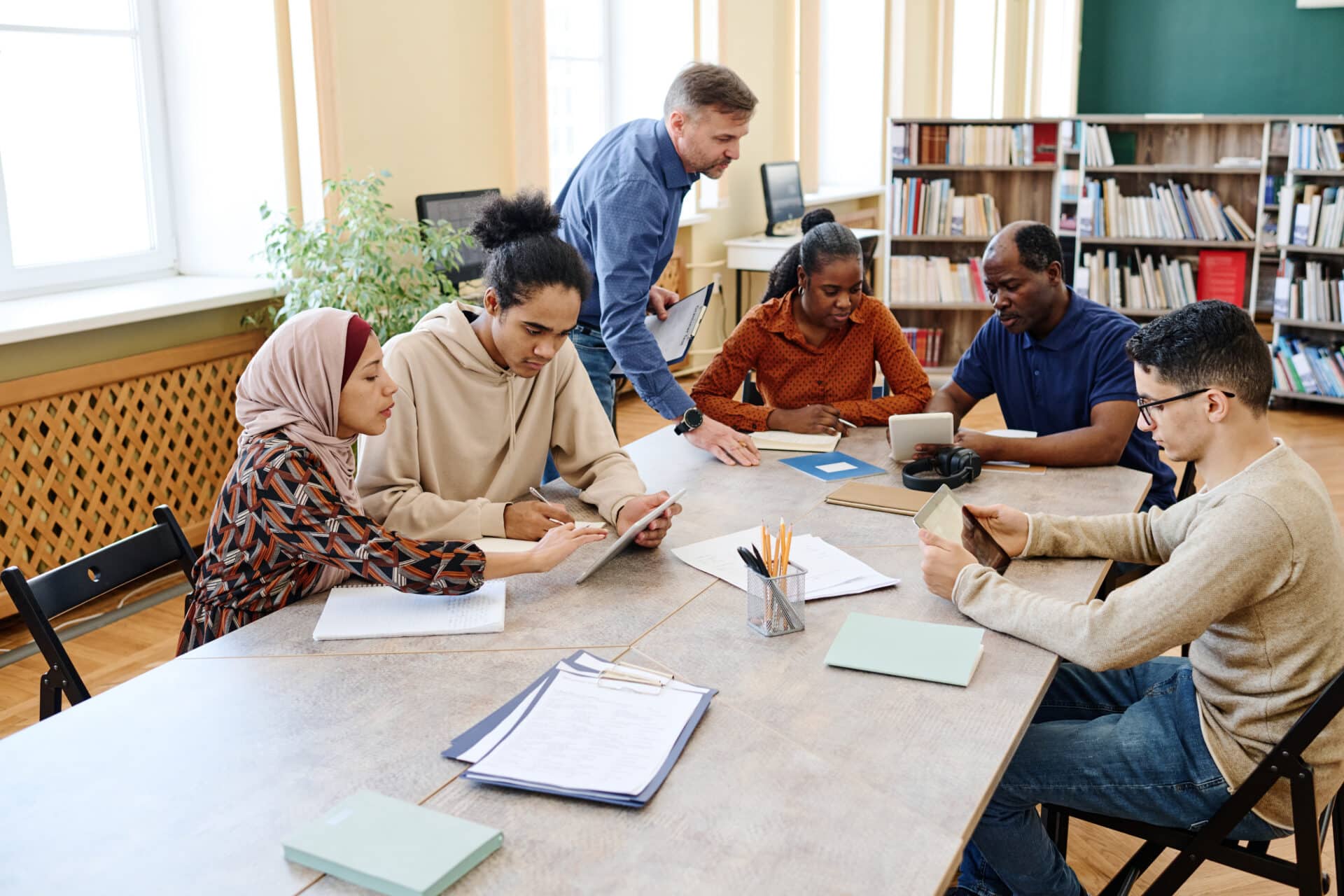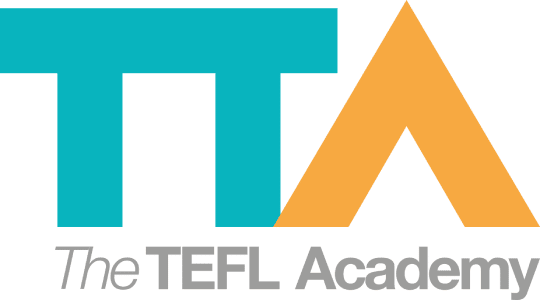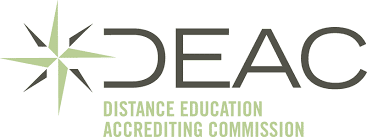Authentic Materials: How To Find Them And How To Use Them
Join a global community of over 200,000 TEFL teachers working throughout the world! Enrol me!
What are authentic materials?
Menu’s. Newspapers. Instruction manuals. Timetables. Blogs. These are all examples of authentic materials.
Why are authentic materials important in teaching?
Why should you use authentic materials? The question here should rather be, why are you not using authentic materials? Authentic materials are the perfect solution for your English as a Foreign Language lesson needs, for so many reasons.
- Authentic materials expose your learners to real language as it is used in the real world. It is not the language of coursebooks, which has been graded to a certain level. There is a need to expose your students to language that is not graded specifically for their level.
- Authentic materials introduce our learners to real contexts and situations. They connect our learners to the English-speaking world. This makes them inherently interesting. If the lessons are interesting, our learners will be more invested in the lessons and consequently learn more.
- Authentic materials are confidence boosters. EFL learners expect to be able to handle an ELT coursebook so when they do there is no cause for celebration. When they read and understand a magazine article from an English magazine, there is a real satisfaction in their achievement. Understanding an authentic text is no easy task, so your students will need help from you in the form of scaffolding. With time and assistance it’s possible for even lower level learners to interact with authentic materials.
- Authentic materials are usually free. It may take some time and effort to find appropriate authentic materials and you may need to adapt them slightly for your purposes, but authentic materials are, for the most part, free and readily available.
Teaching with authentic materials in the EFL classroom
The first step is to identify your students’ needs. Finding out why they want to learn English and specifically what language they need to accomplish their goals will inform what authentic texts you will choose.
- Are they learning English to travel? Use real menus, tour guides or tourist information brochures.
- Do they need to do business? Watch video clips which involve business meetings or find examples of real business emails.
- Maybe they want to learn English to study in English. Find textbooks and websites which are more academically focused.
Once you’ve found your materials, consider the level. Some authentic materials naturally have a higher level of English than others.
Don’t use an article from The Economist for your Elementary learners, just as you wouldn’t use a teen magazine for your Business students. You need to be realistic about your choice of materials, but that’s not to say that the text you pick has to be at the exact level of your students.
Instead, your text should be a bit challenging for your learners, no matter their level. If it’s too challenging, a simple way to lower the level without rewriting it is to shorten it. The difficulty of the task is more important than the difficulty of the text.
Finally, make extensive use of your materials. Authentic materials provide a wealth of learning opportunities and finding them can take time. Don’t make the mistake of using a text for a five-minute activity and then throwing it away. Find ways to increase the usefulness of the text to make them work for you.
This is the reason it’s such a good idea to use authentic texts in the classroom. They are interesting and engaging because we can choose what topics they will cover. Plus, once our students realise they can understand and make sense of authentic language, their motivation and confidence levels will naturally increase.

Read more: Top Tips for Effective Lesson Planning
Examples of authentic materials in the classroom
- Food: Roleplay a restaurant scene using menus from a variety of local restaurants. The menus can then be used for a discussion on local restaurants and recommendations
- Directions: Use maps of the area and let the students direct each other to local places of interest. If you have an interactive whiteboard, use Google maps to show these places, or to demonstrate giving directions
- Crime: While using a newspaper to read an article discuss a crime is quite common, why not use a video clip instead? There are loads of different crimes series that you can utilise (CSI, Law and Order, for example). There’s no need to use an entire episode. Use a short clip which summarises the crime. The students debate who the perpetrator and the motive is, which can be confirmed with another clip
- Family: Nothing beats bringing your own family photos to a lesson on family or relationships, but again you could turn to technology to provide a stimulus. There are a number of famous families who have TV shows (the Simpsons, the Kardashians) which you could show clips of in order to prompt a discussion on family. Or you could use a celebrity family that your students are familiar with to stimulate vocabulary or conversation
- Education: Finding photographs of classrooms from around the world is a great way for students to consider the different educational contexts there are around the world, and there are a lot of extremes which can provide the basis for discussion. Another fun activity is to have a general knowledge quiz with questions relating to different school subjects
Authentic materials
Having said all this, we must admit that sometimes the thought of using authentic materials can be daunting for teachers. First you have to find materials that are interesting and relevant. Then you have to make sure they are appropriate for your learners. Finally you need to assess whether you need to adapt them in any way – either by shortening them or providing a glossary or some other form of scaffolding.
So yes, while it’s worth it, it can be a lot.
But fear not, weary teachers, we have your back!
Here are four of our favourite ways to find authentic materials which will save you time and energy.
Use a public domain database
There are a few online databases which have authentic materials online. The Online Books Library, for example, has links to hundreds of different sources of free texts. If you choose to use a public domain database, it’s a good idea to search for a particular book, author or topic as otherwise you can find yourself going down a very long and winding road trying to find the perfect text.
Read online newspapers
Newspapers are another excellent source of authentic materials. Newspapers provide us with current, up-to-the-minute articles which, if chosen correctly, are interesting and relevant. You can choose to look up a local newspaper or an international one. Using an online newspaper saves you the trouble of finding and buying a newspaper on your way to school.
To find online newspapers you can find the online version of your local newspaper or you can access national or international newspapers through their websites. Most newspapers allow access to a certain amount of articles online for free. World Newspapers is a website which has links to loads of newspapers from all over the world.
Watch YouTube
If you’re looking for videos rather than written text, look no further than YouTube. You can find practically anything you need on YouTube, it’s just a matter of looking for it. To make sure you don’t fall down a rabbit hole, it’s best to have a good idea of what you want before you start looking.
Think carefully about what authentic situation would suit your lesson objectives, type in a keyword in the search bar, and soon you’ll have thousands of videos to choose from. Just be sure to watch them in full before you use them so as to avoid any awkward situations!
Listen to podcasts
Podcasts are great for listening practice. There are podcasts on every topic imaginable and you can download them to play in class. Find a podcast to suit your learners and, since podcasts are usually a series of episodes, you can use it as a regular feature in your lessons. The BBC is a great resource for podcasts so start your search here.
The internet is an obvious place to find authentic materials online, since the materials you can find can be very recent and up-to-date. However, although it is a magnificent resource of authentic materials if it is utilised correctly, it can also be a total waste of time. So make sure you know where to look when you are looking for online materials.
Once you have found appropriate authentic materials, consider the best way to utilise them in your lesson. Think about the level of your students and the aims of your lesson. Think about the ways you can scaffold the lesson to make the materials accessible for your students and the lesson achievable. When you have taken all of these into account you can sit back and relax in the knowledge that you have an interesting and effective English language lesson planned. Bravo!

Have you ever used authentic materials in your lessons? We’d love to know how it went so let us know in the comments!
Comments:
Accreditation & Quality Assurance
The TEFL Academy was the world’s first TEFL course provider to receive official recognition from government regulated awarding bodies in both the USA and UK. This means when you graduate you’ll hold a globally recognised Level 3 (120hr) Certificate or Level 5 (168hr) Diploma, meaning you can find work anywhere and apply for jobs immediately.
 United Kingdom
UK
United Kingdom
UK













I’d like to find out if “Teaching TEFL” or “Teaching EAP” has a cut off age, e.g. 60 / 65 / 70? I’m an experienced English Second Language teacher: 14 years in primary and secondary schools; 6 years and currently at the University of the Free State in Central South Africa in the Academic Literacy Program. Furthermore, I’ve been involved in Education since 1976. I’m 64 years old and I’d like to teach abroad.
Your response will be appreciated.
Regards from Elsie Dannhauser